Inside the Arashiyama bamboo forest, you’ll come across Tenryu-ji temple. The temple grounds are known as being one of the most beautiful in Japan and their famous gardens. Its zen-like atmosphere was just the thing we were looking for as an escape from the throngs of people who were started to filter into the famous Arashiyama Bamboo grove. If you’re visiting Arashiyama, this is the place to come to experience peace and explore the traditional and cultural histories of the city.
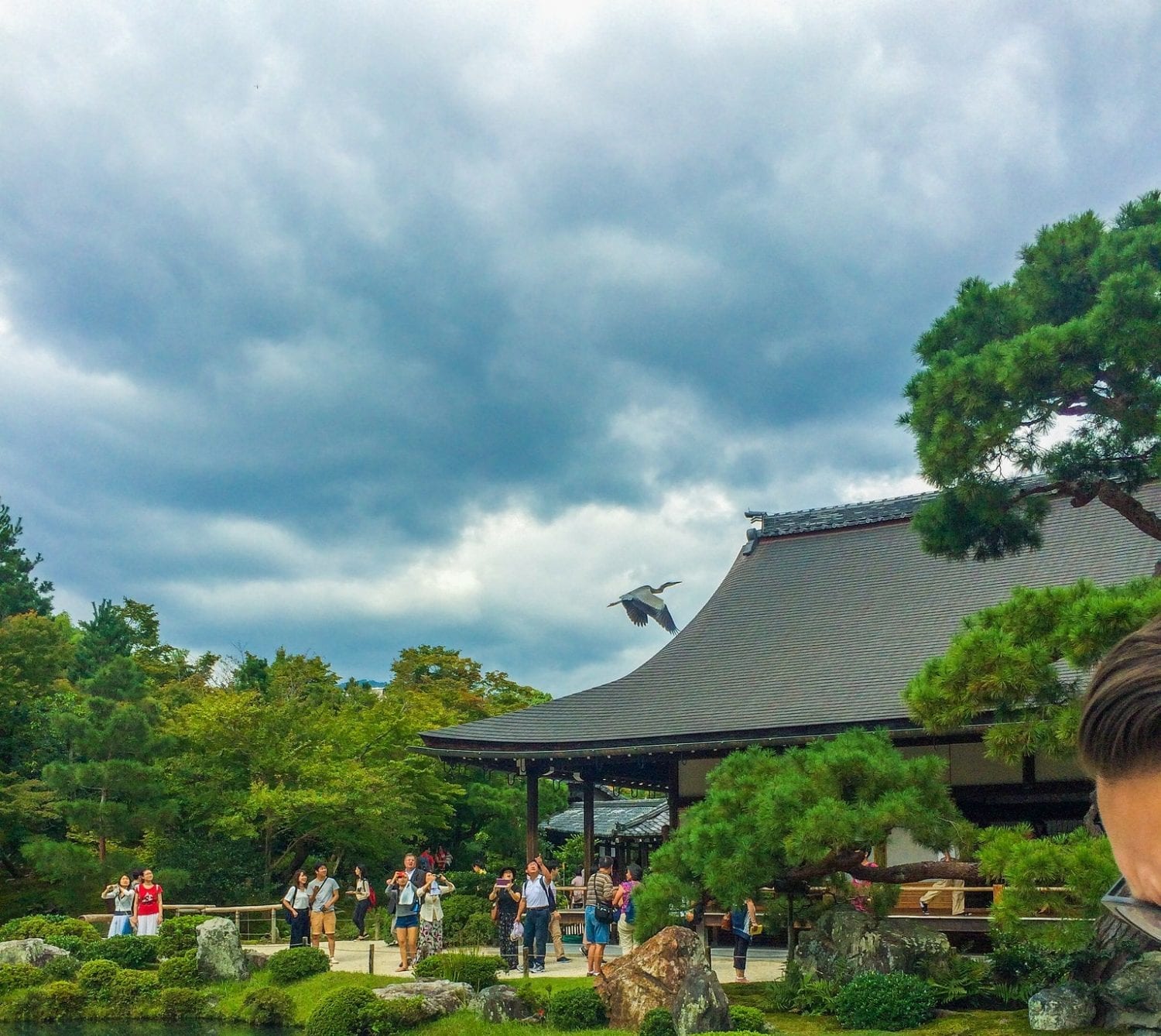
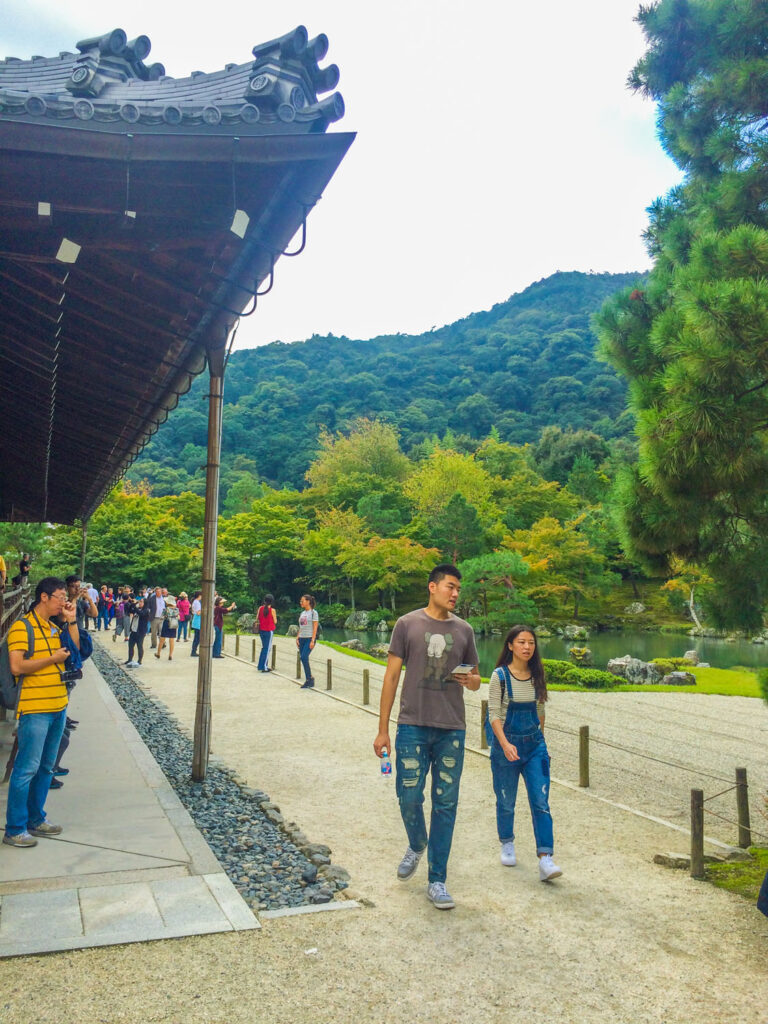
Access
Tenryu-ji is just a short walk from the Keifuku Arashiyama Station. If you’re travelling directly from Kyoto Station though the best way to access the temple is from JR Saga-Arashiyama Station. From JR Saga-Arashiyama Station it’s only a 5-10 minute walk to the temple. The ride from Kyoto station is about 20 minutes long and costs 240 yen.
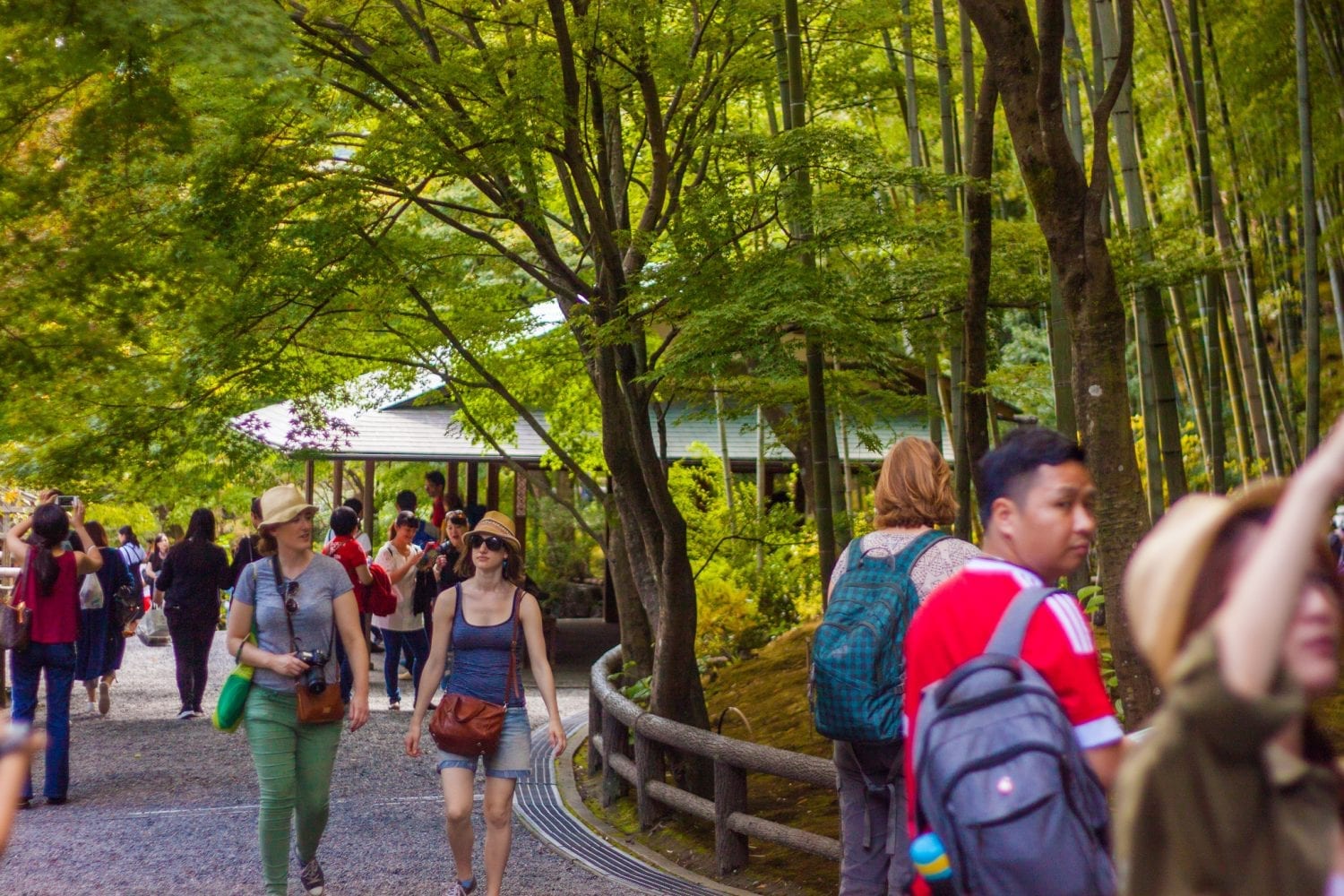
Admission and Hours
There are two options for ticketing when you come in. You can pay 500 yen ($5 USD) to enter the gardens only or pay an extra 300 yen ($3 USD) which will allow you to also enter the interior of the building. The price difference is pretty minimal, and for anyone interested in Japanese architecture and Buddhism, purchasing the interior ticket is worth the extra cash. The temple is open from 8:30 am to 5:00 pm 365 days a year.
Special Admission to the Dharma Hall
Please note that Dharma Hall requires an additional admission fee of ¥500. The Dharma Hall is open on Saturdays, Sundays, and holidays only, and during specially designated periods during the spring and autumn. The Hatto (where the Cloud Dragon is located) is closed to the public on December 31th 2023 to January 2nd, 2024.
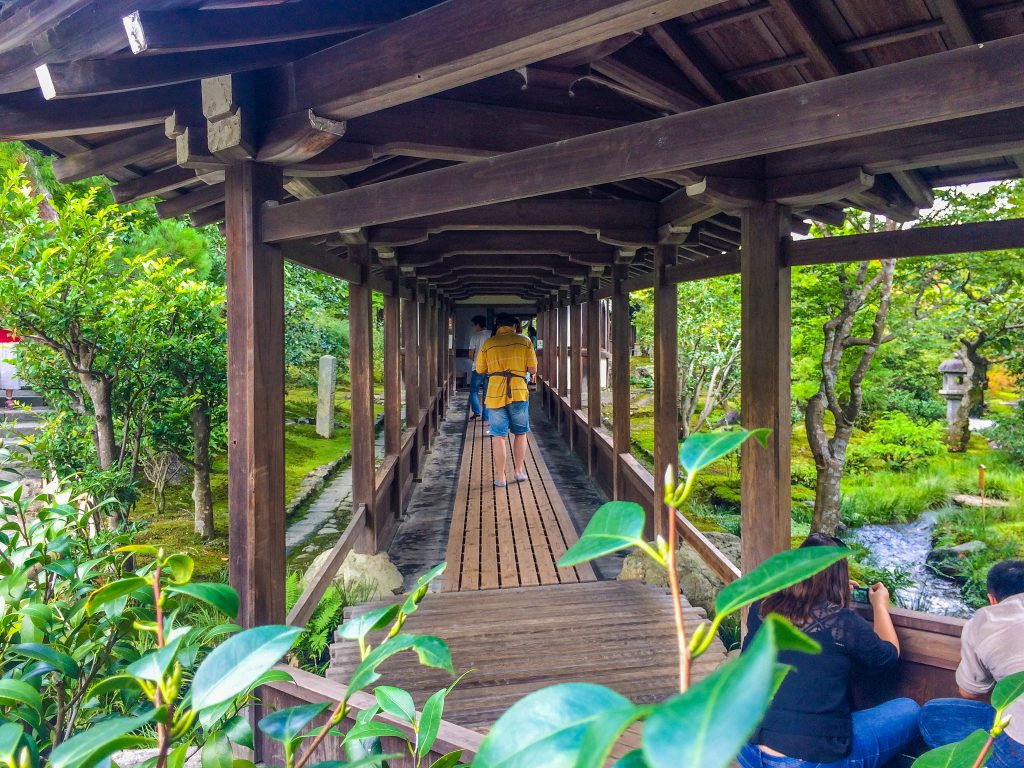
History
The Tenryuji temple was first built in 1339 by the ruling Shogun Ashikaga Takauji. Takauji had quarrelled against Emperor Go-Daigo over the supremacy of Japan. When the emperor died, Takauji didn’t have the chance to mend the tensions between the two powerful men. This open-ended disagreement didn’t sit well with Takauji, and so he decided to build the temple in honour of the emperor in the hope of appeasing the emperor’s spirit.
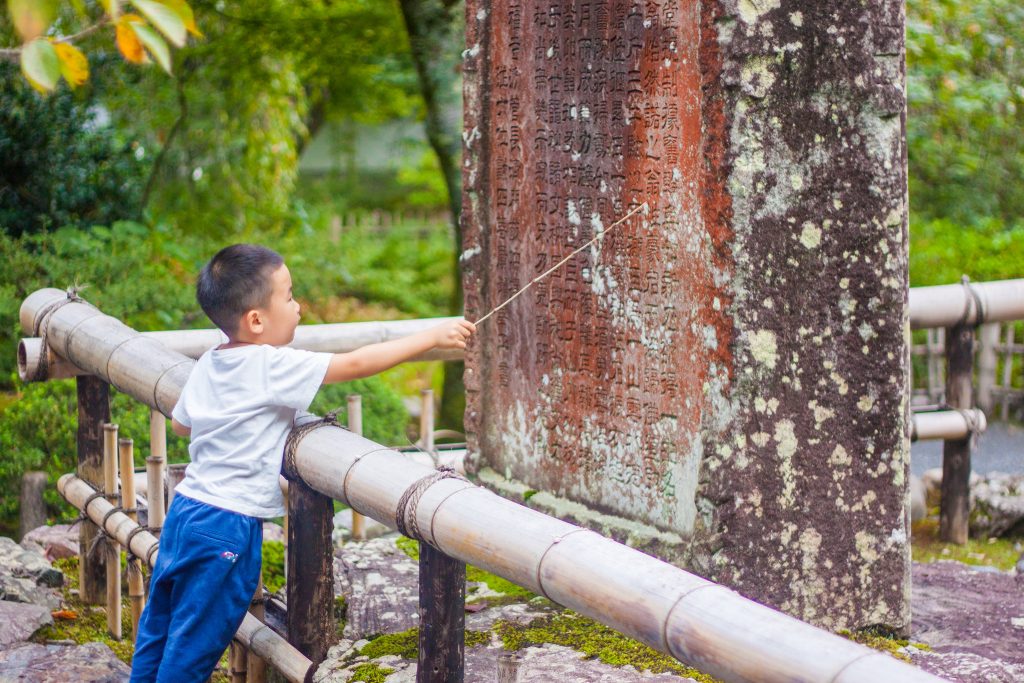
Hyakka’en garden
Walking through the north gate, you first enter the Hyakka’en (flower garden). The Hyakka’en garden is covered in flowering trees, bushes and lush herbs. It was so intensely green and lush. Since it has been growing for over 700 years, it has had the change to no longer feel like it was designed, more like it grew exactly like this. In the flower garden, there was a large bamboo grove where newer bamboo stalks grow. Baby bamboo, you might say
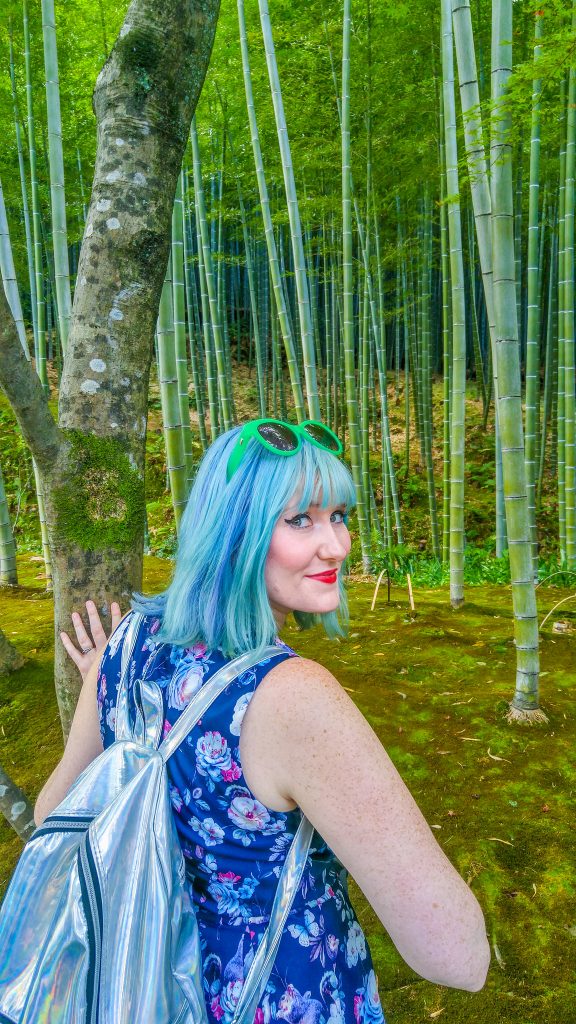
Chōzubachi
As you walk into the temple ground, it is customary that you cleanse your hands. This action will help clean your body and mind. The first step is to pick up the water ladle with your right hand. Then scoop water and wash left hand. Then switch the ladle to your left hand, and wash right hand. Finally, pour some water into your hand and wash your mouth. Spit the water out as rinsing; this is not considered rude as the water is not safe to ingest.
Near the cleansing fountain, you’ll also find a pond full of ceramic frogs where people will throw coins and make wishes.
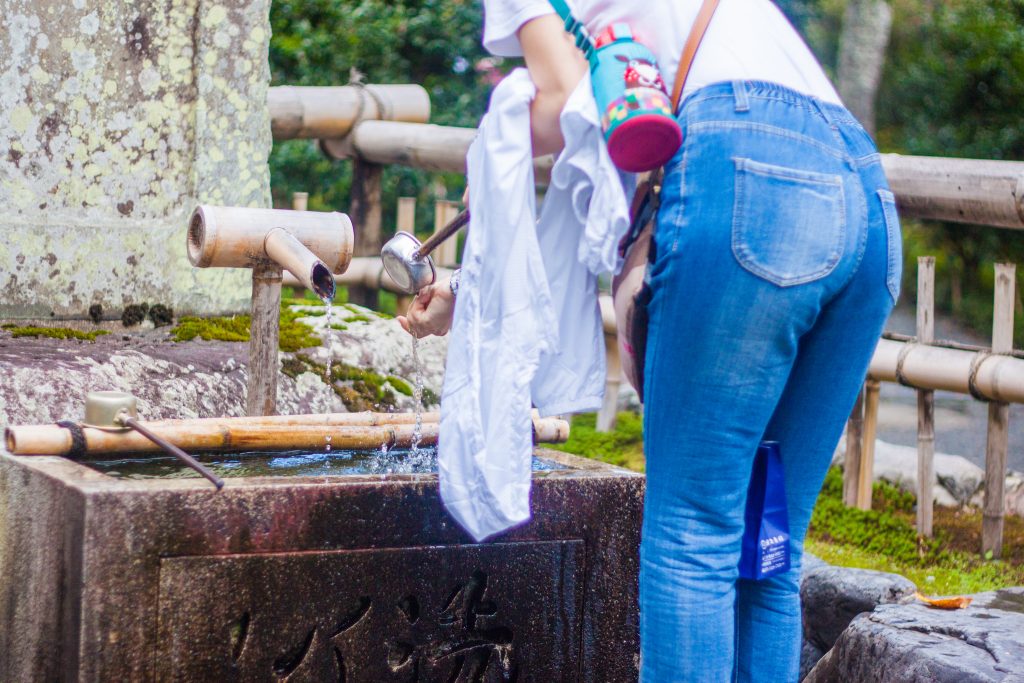
Views from the Shrine
Before heading around the corner to the large Sogenchi Teien Pond Garden and the main buildings, try taking a walk up the set of stairs to the left of the gardens. This is large hill gives climbers an incredible view of the garden below, Arashiyama and even the mountains far off in the distance.
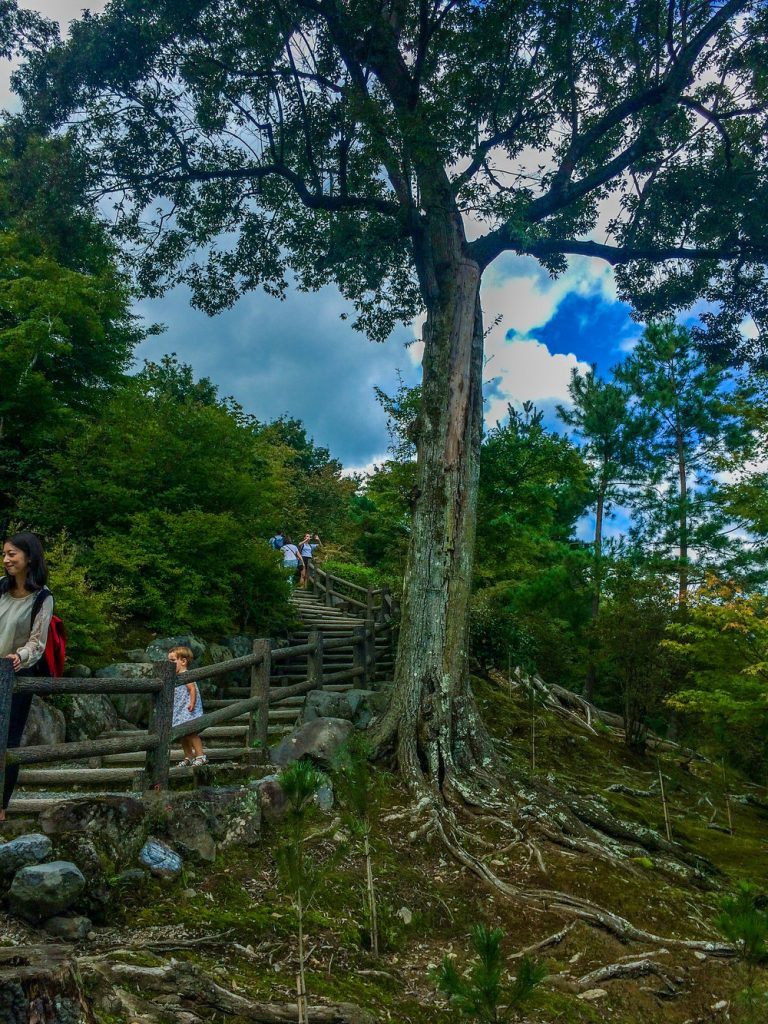
Walk up the hill and take in the incredible views from the top. There are several benches up where you can stop and have a little snack. Put away your phones and, just for a few minutes, quietly enjoy the peace and tranquility. Most people run up, take a picture and run back down. But when we visited, we were so happy to find ourselves in a moment of the day when we weren’t in a rush and could just take the day as it came. We listened to the gentle rattle of the bamboo grove behind us and the sound of running water trickling from the fountains below.
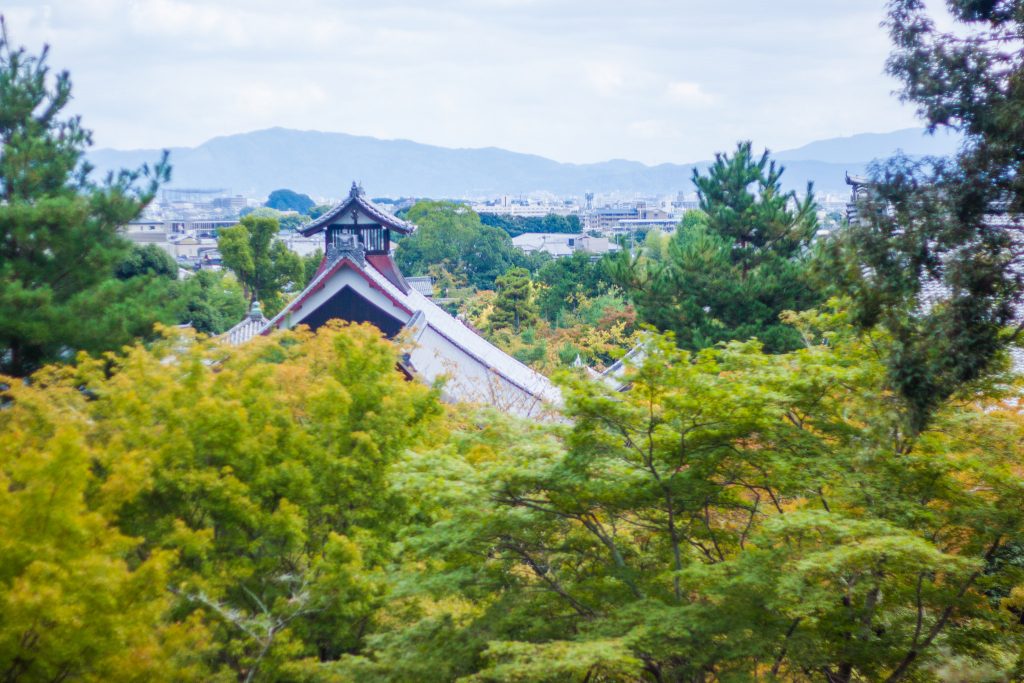
Sogenchi Teien Pond Garden
The Sogenchi Teien Pond Garden is one of the most important attractions of the temple. It is over 700 years old, designed by Zen master Muso Soseki. Walking through it is like stepping back in time. The surrounding buildings might have been destroyed by fires many times over the years, but the garden has remained the same. Hundreds and hundreds of years memories encased in the water, sand and trees that surround it.
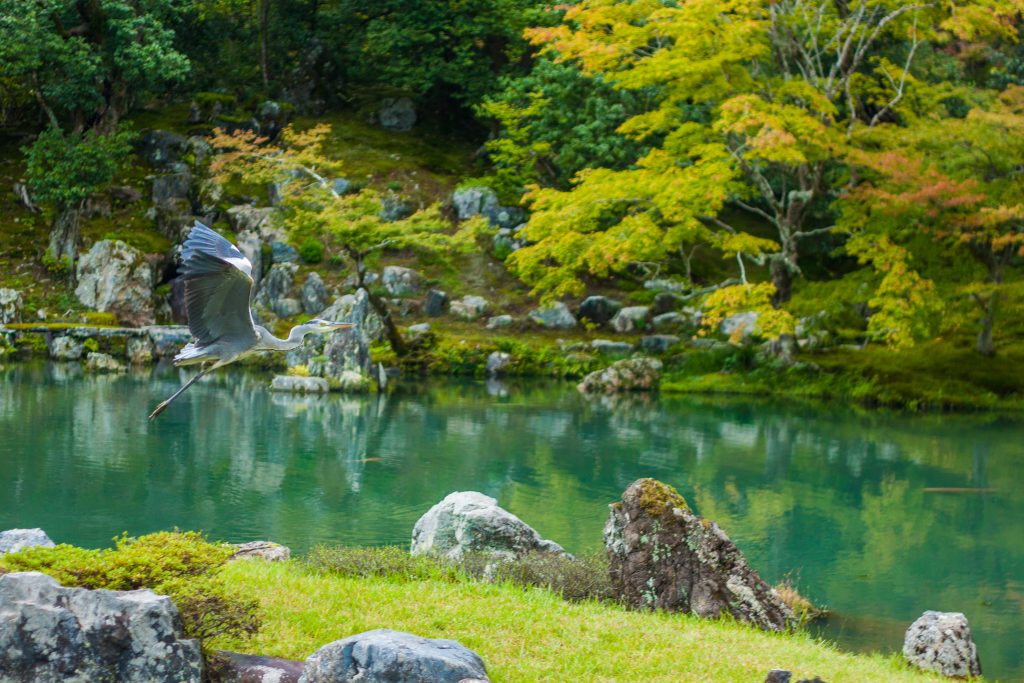
Sogenchi Teien has been dubbed a “strolling” garden since it contains features which can be explored and appreciated from various areas along a level path. The huge pond which stands in the centre of the temple acts as a giant reflecting pool. Mirroring the mountains and the trees around it.
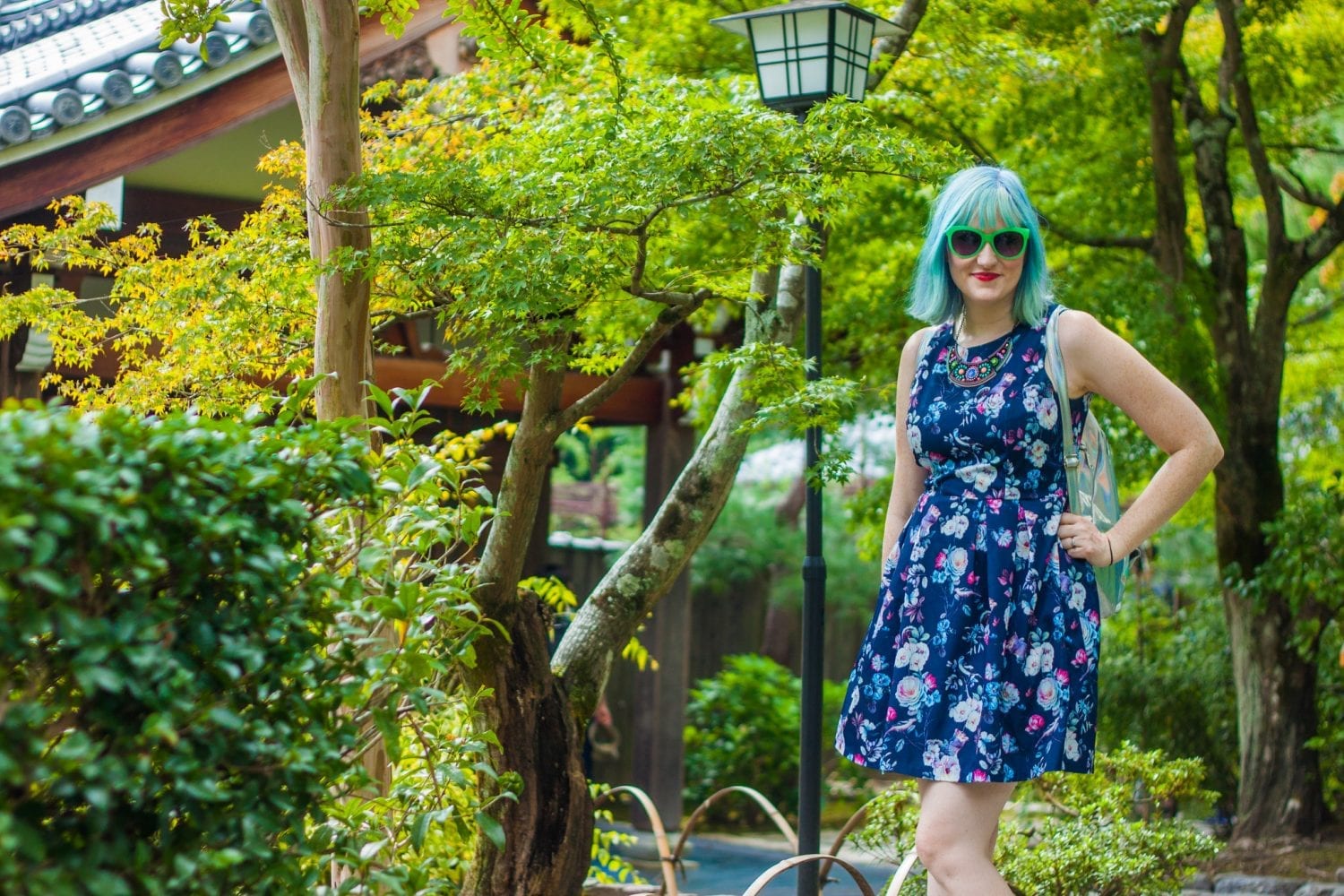
The garden has long been a place for quiet reflections for the Japanese. In 1799 the garden appeared in one of the earlier sightseeing guides of the area. Inside the book, there was a wood print of what the garden once looked like and shockingly enough, aside from many more people, there isn’t a thing that has changed.
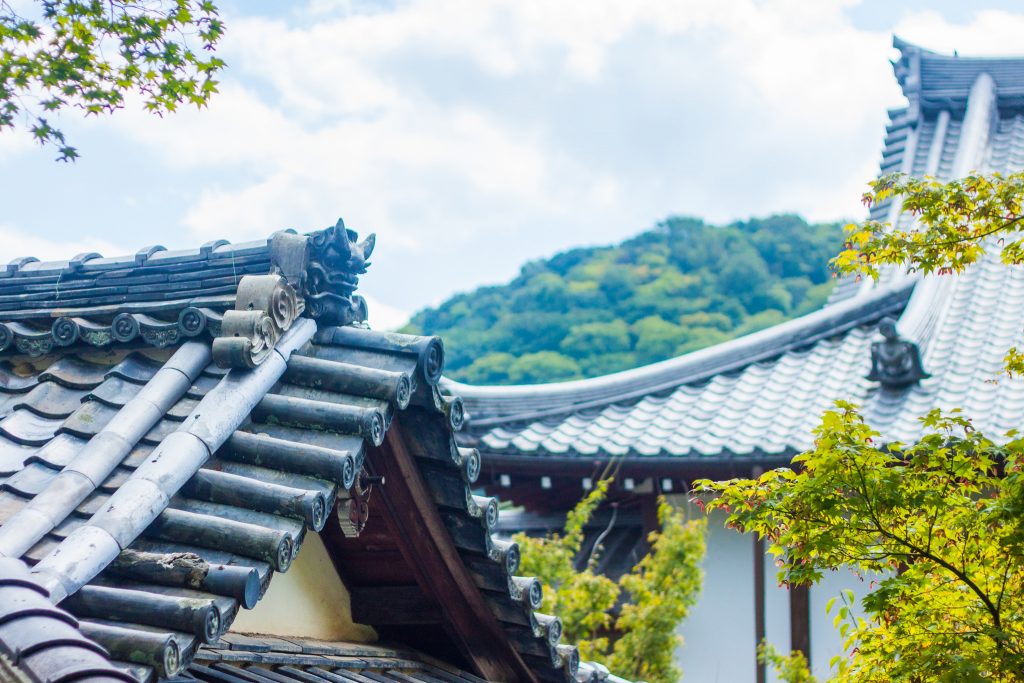
Dragon Gate Falls
Across the pond, you can see Dragon Gate Falls. This is made up of several large stones, symbolizing carps swimming upstream. It is an allegory of an old Chinese myth. It goes that “if a carp can swim up a waterfall, it will be turned into a great dragon.” The story in the centre of the pond symbolizing the carps transformations that come only with enlightenment and encourages all those come here to visit or to study to find the same thing.
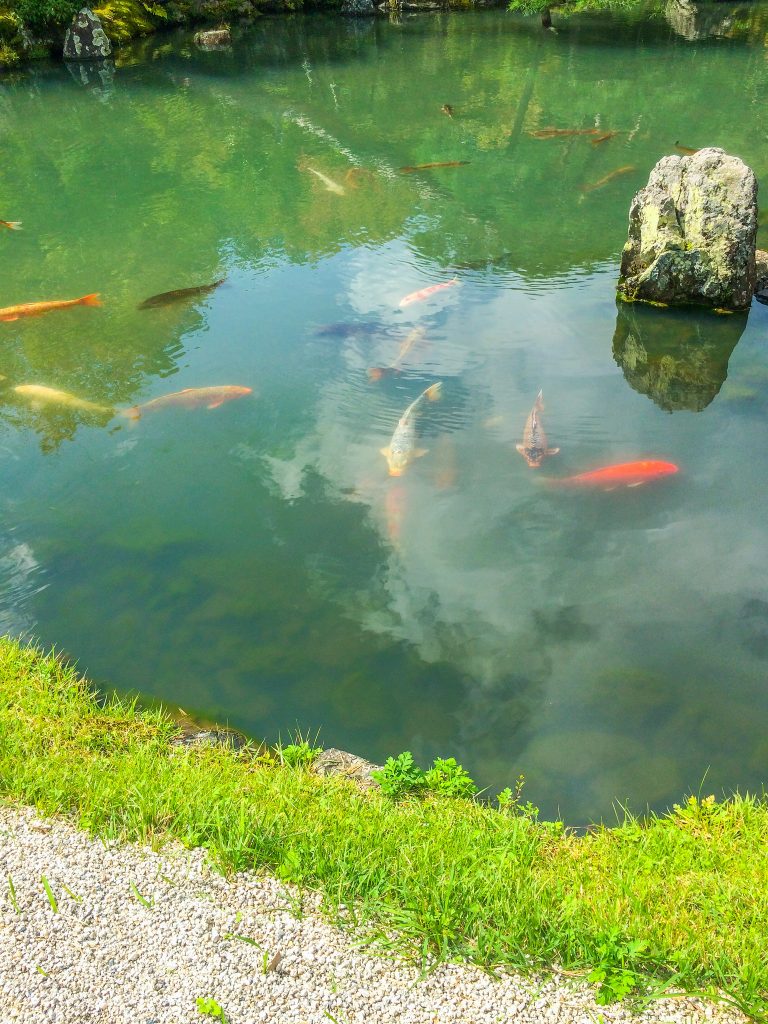
The Sand Garden
Beside the pond lies a sand garden which had been raked into perfectly straight lines. These sand gardens were intended for spiritual reflection and helped the monks on-site practice meditation.
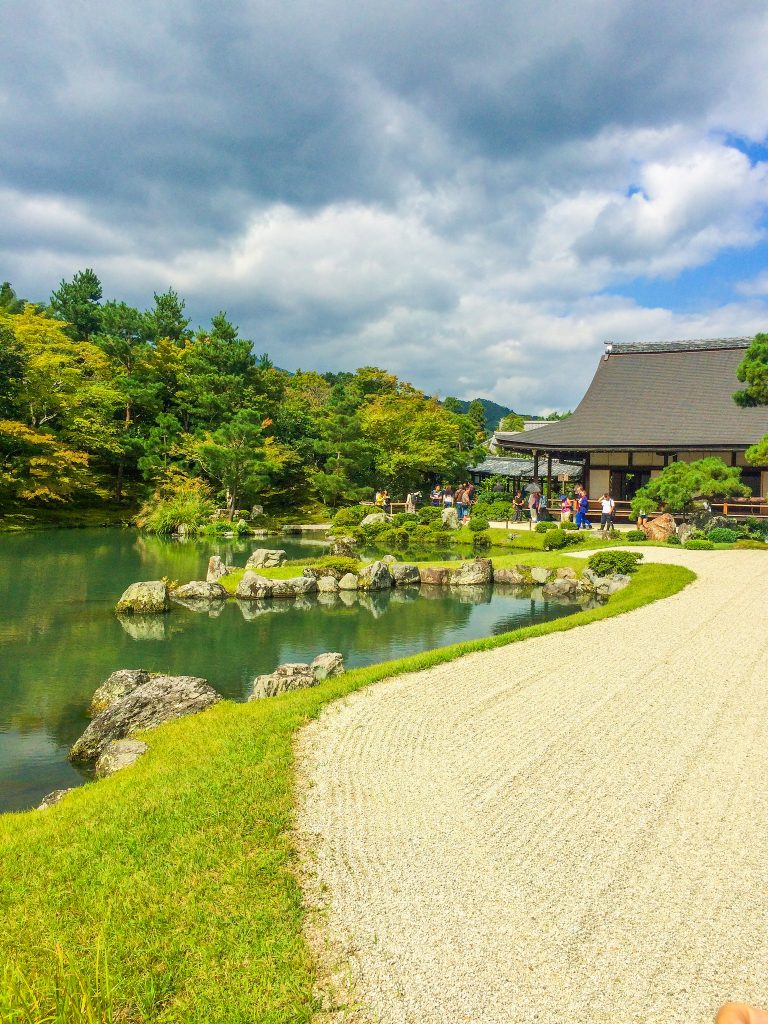
Rinzai School of Zen Buddhism
The temple is now the headquarter of the Rinzai School of Zen Buddhism. In the Rinzai Zen school, there is great emphasis put on “seeing one’s true nature”. While walking up and down the pathways, I tried my best to get in touch with my true nature, my inner self. Although I didn’t come to any huge realizations, I did feel deep down a massive sense of accomplishment in being here. When I was sick never thought I would get better. When I was alone and I never thought I would be in love again. And yet here I was, alongside my husband, feeling great and explore a country I never would have seen were it not for him.
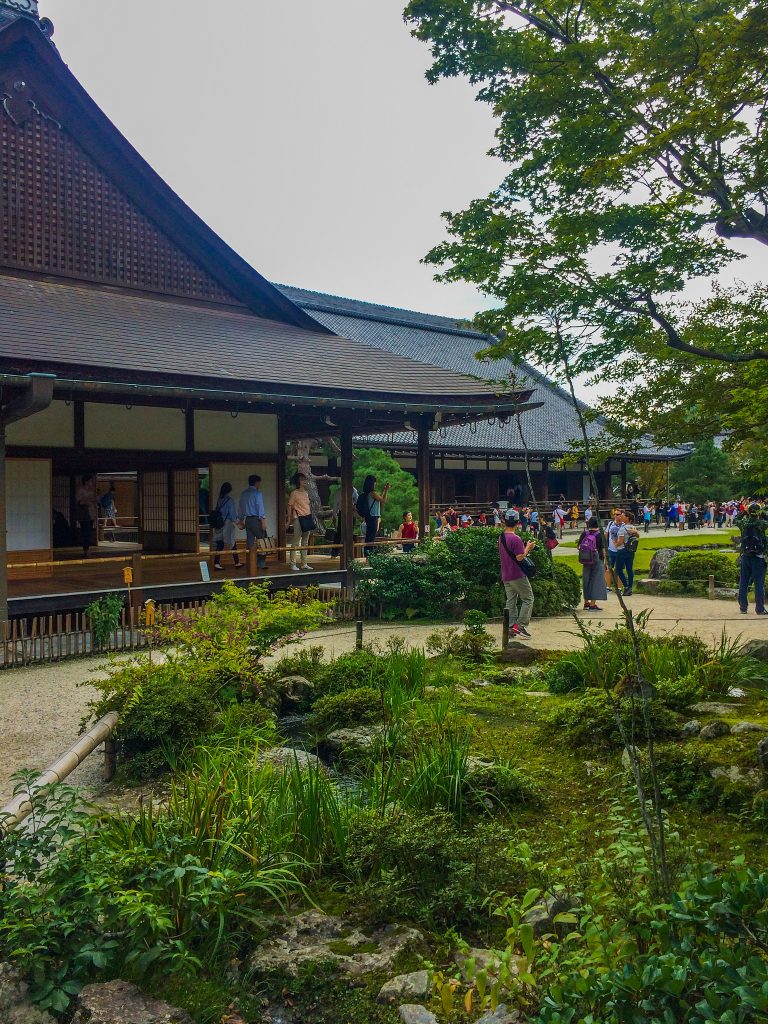
The Teaching Temple
Most of the buildings in and around Tenryuji are all reconstructions since fires over the years destroyed the originals and even subsequent constructions. The most impressive of all the buildings is the teaching temple. With so many tourists around it’s hard to forget that this temple is also school and an important one at that. The building which now serves as the school is a 1900 reconstruction. Inside you’ll find the image of Gautama Buddha, flanked by two guardians.
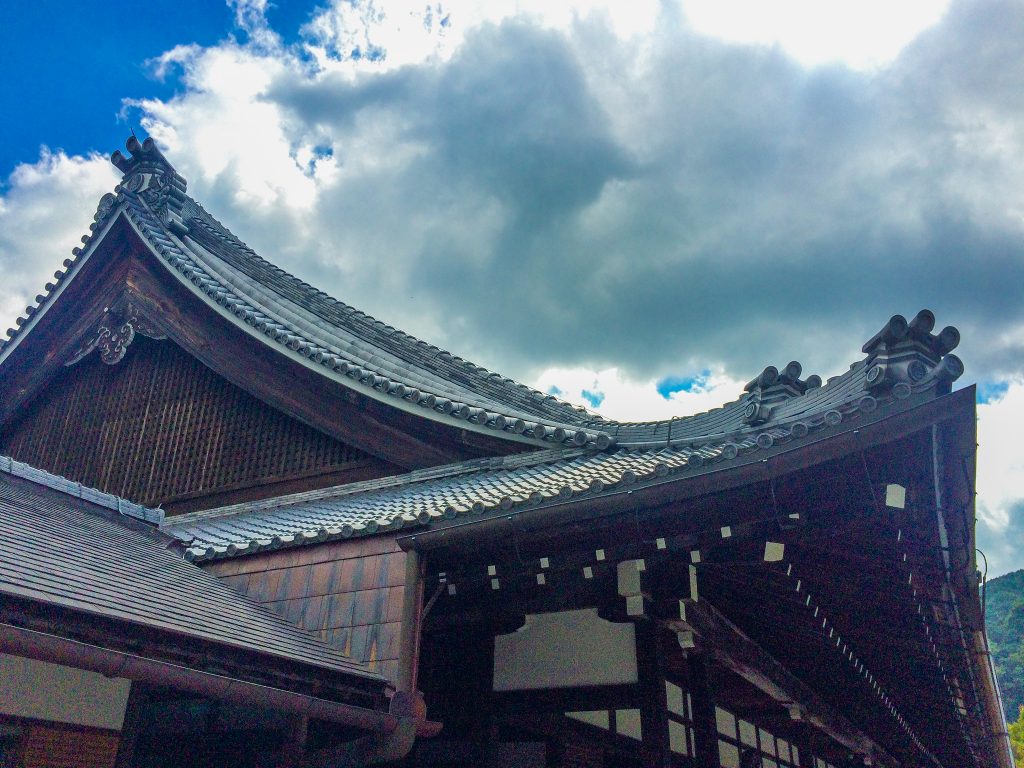
The Hojo
The Hojo is the largest structure in the compound, which is made up of two separate buildings; the Daihojo and the Kohojo.
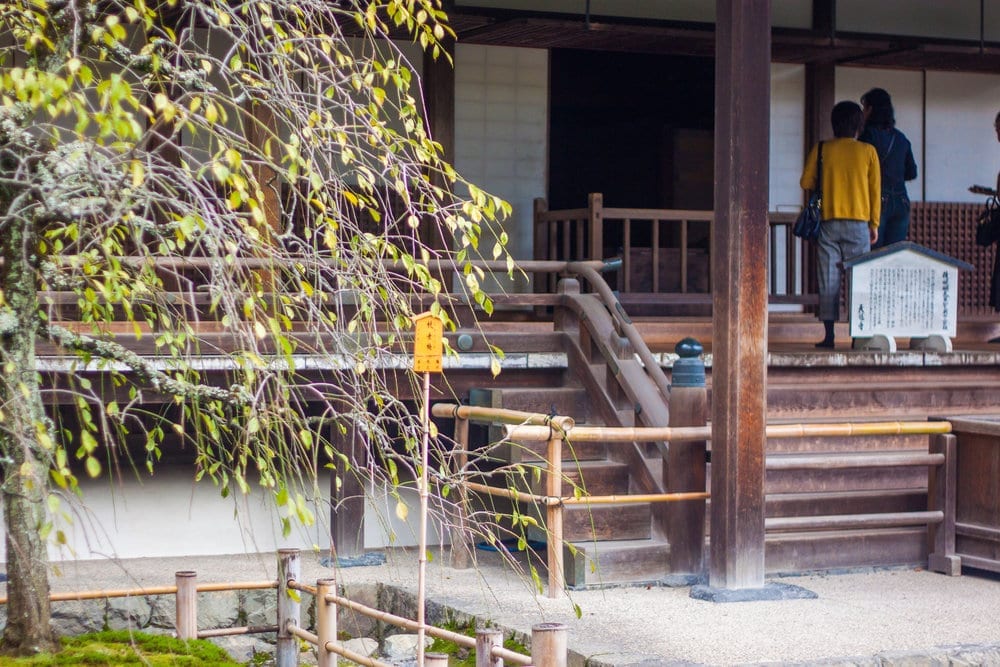
Daihojo
The Daihojo is used only for ceremonies and other large events. Its iconic veranda surrounds the entire structure, providing a seamless combination of indoor and outdoor space for those inside. The floors inside are covered with traditional tatami mats, and rooms are separated by using sliding bamboo doors. Inside this building, we can also find the famous painting by Wakasa Butsugai of the iconic Cloud Dragon.
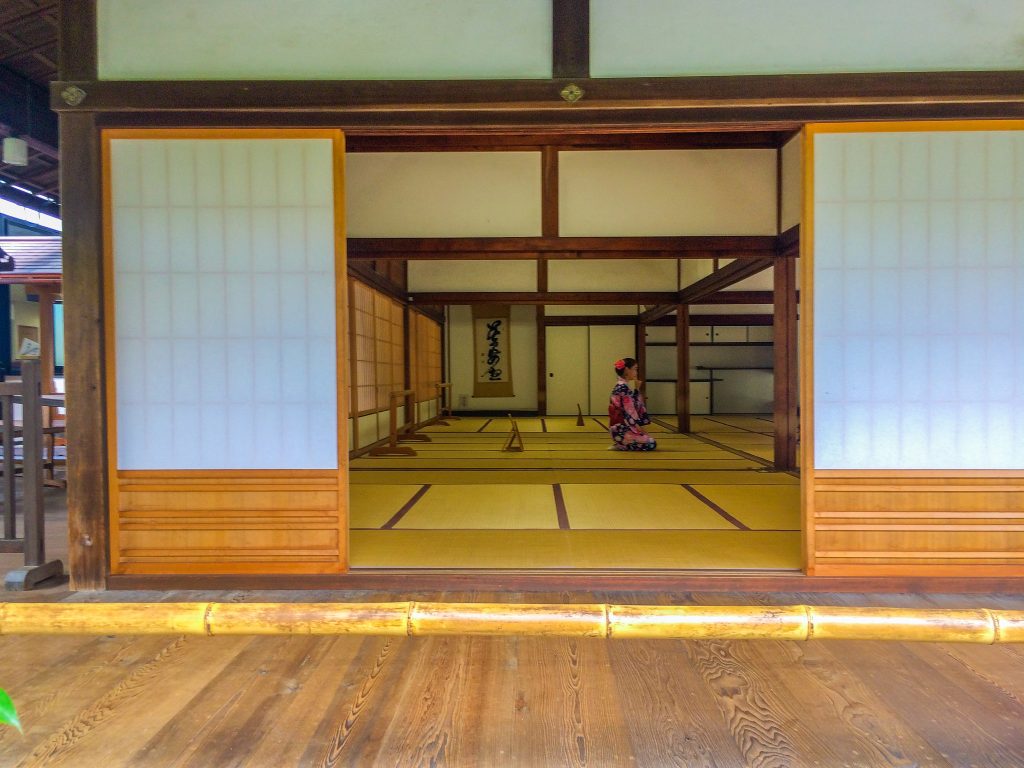
Kohojo
The Kohojo building serves as a greeting room for visitors and is not as formal as the Daihojo.
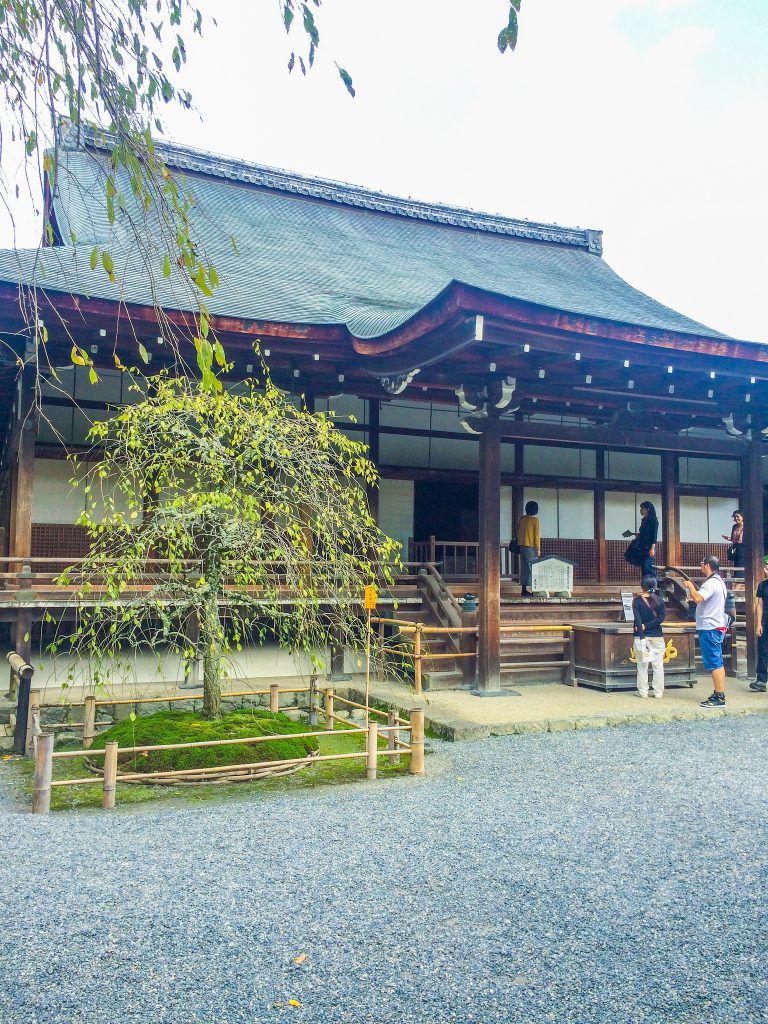
Finish your wander around the temple at the pond, filled with a multitude of koi fish. Looking down the large koi swimming around, it made me wonder how long some of these creatures had been around for. Considering the size of them, I wouldn’t be surprised if lurking under the surface there was one the size of the entire pond who started his life here and is still kickin’ it.
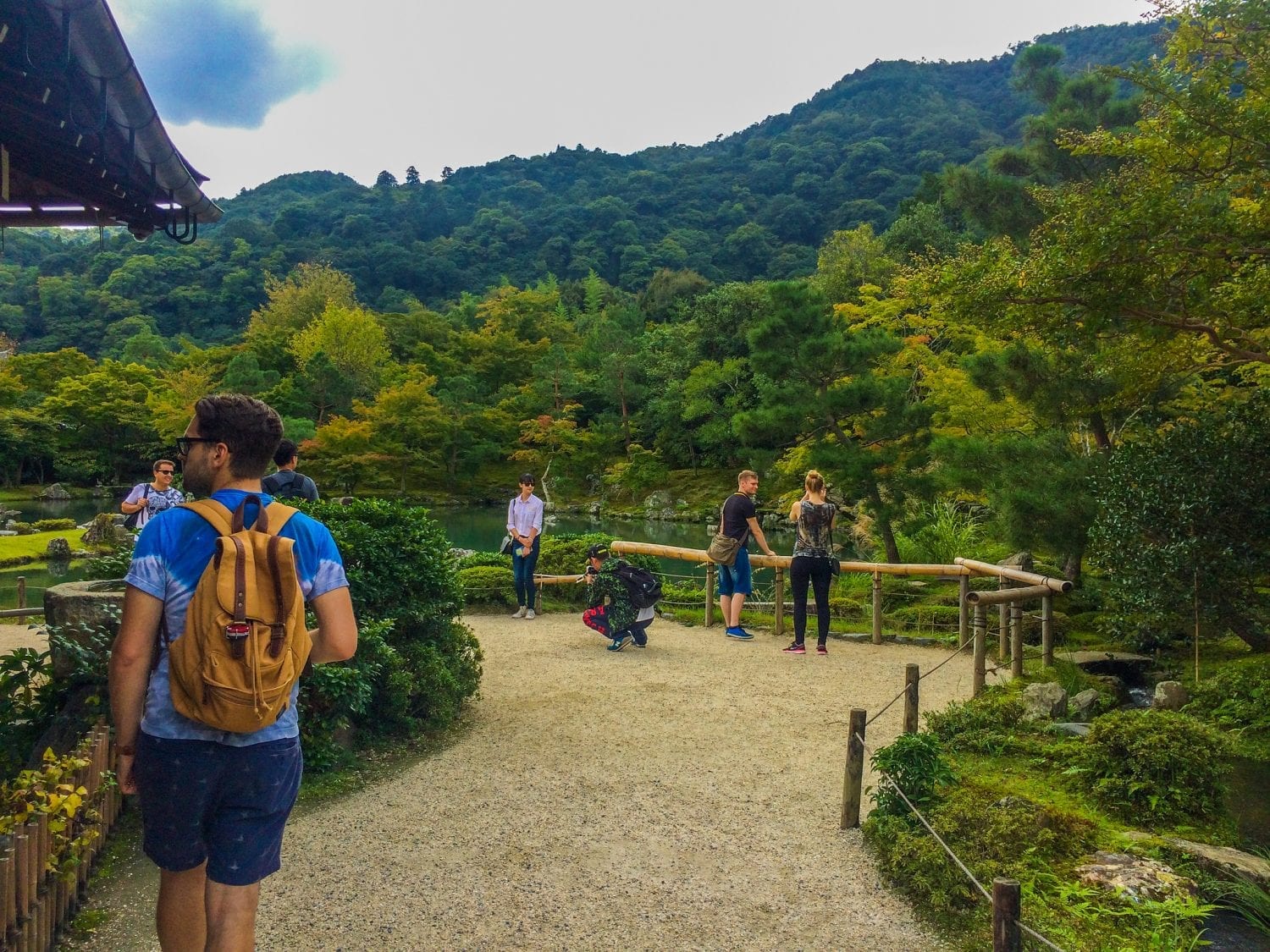
When you’re visiting Japan, there comes the point when every temple starts to look alike, and it can be difficult to figure out which ones are worth the visit. But this temple here surely does. It’s ancient garden and beautiful architecture, which seems to melt into the natural surroundings, is truly unique, and something is not to missed.
Happy Travels, Adventurers
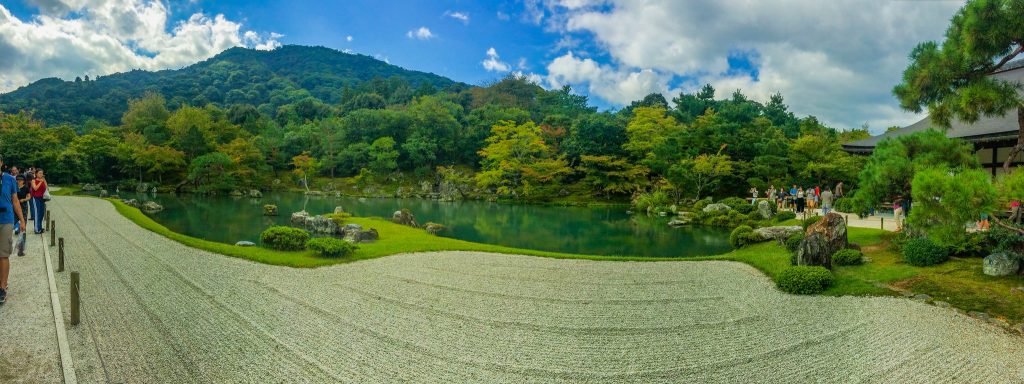


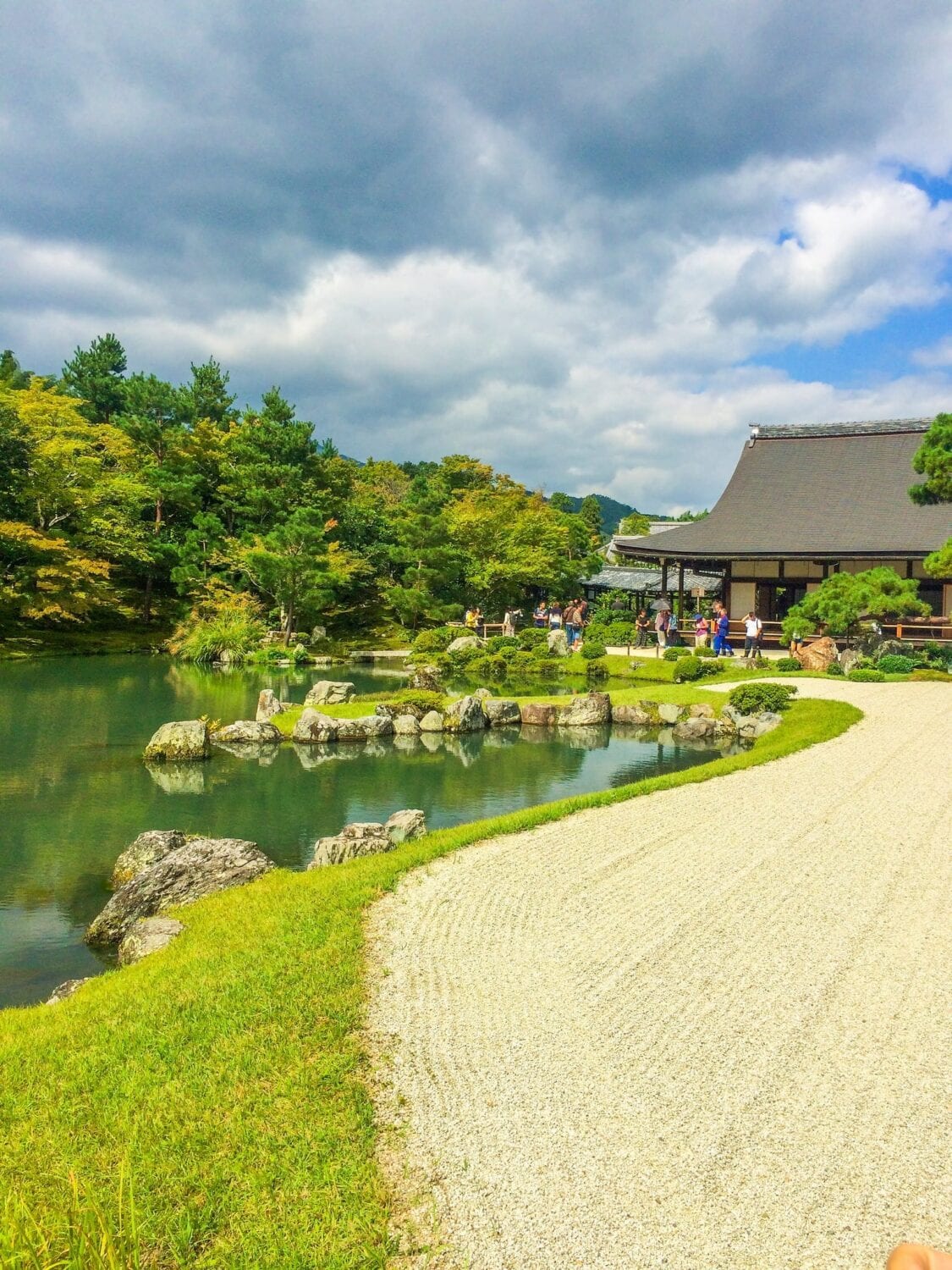
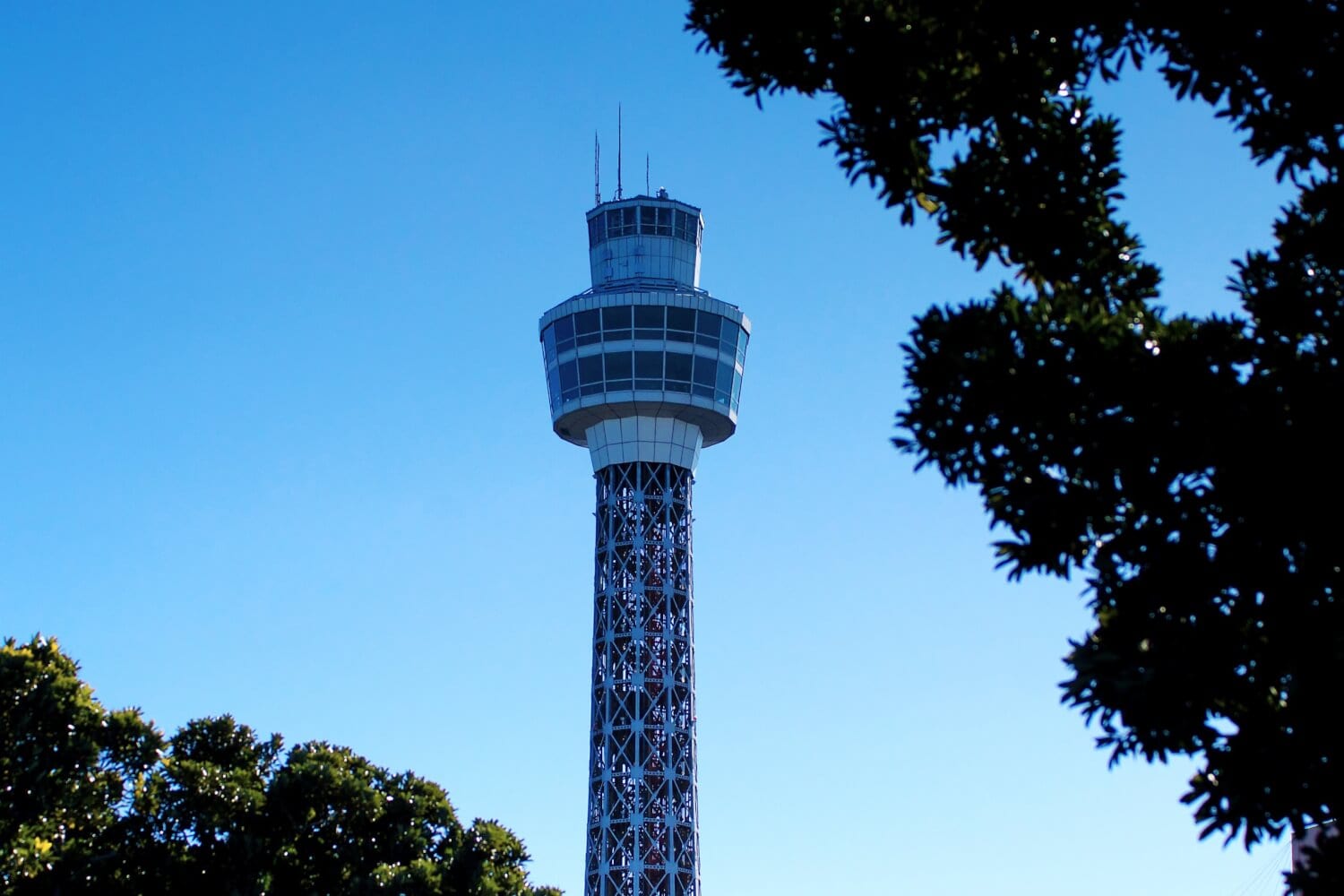
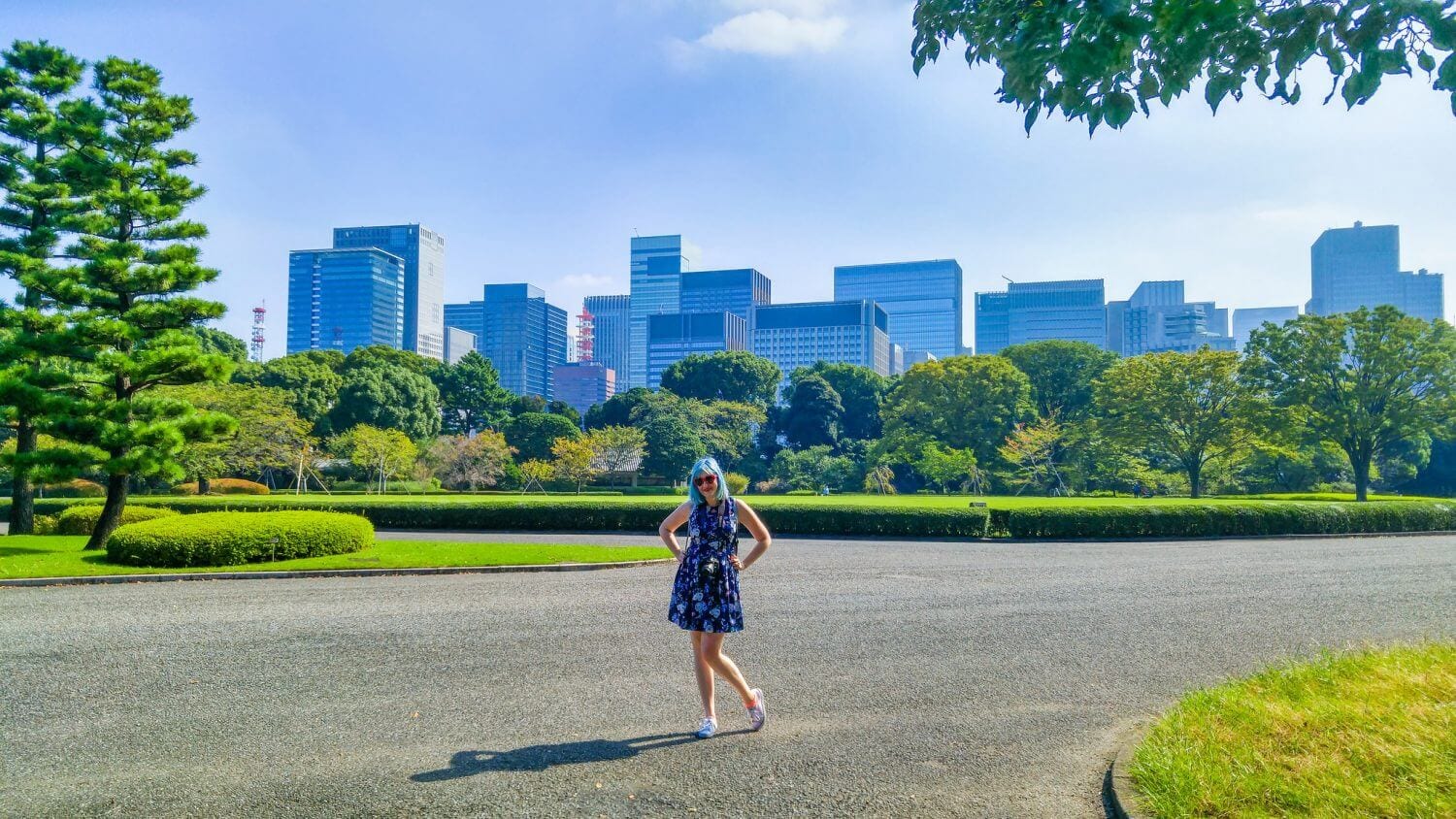
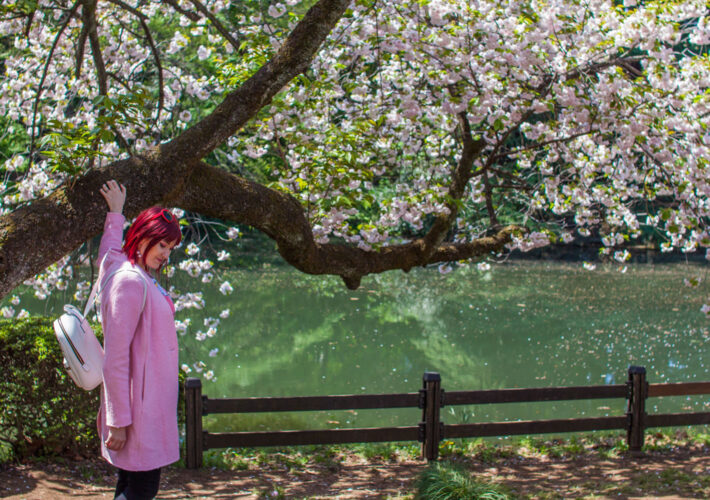
Leave a Comment